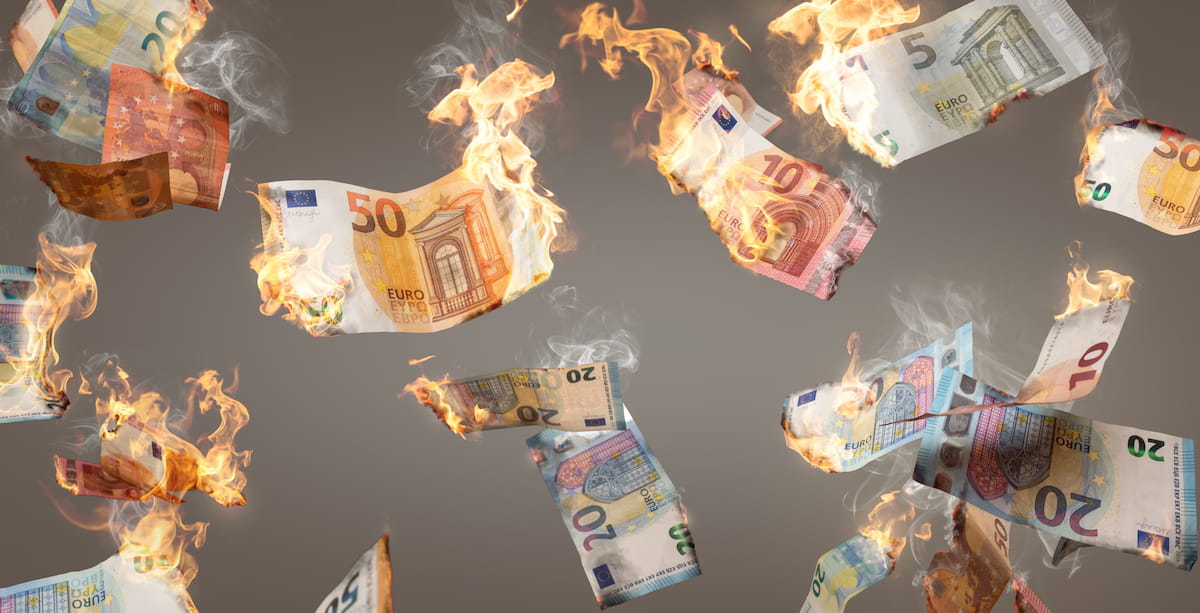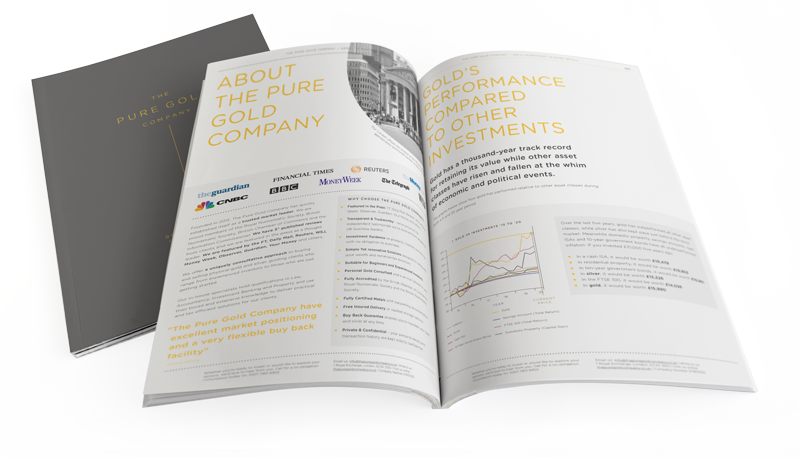What is fiat currency?
Fiat currency is any type of money not backed by a physical commodity, that derives its value as legal tender from the government that backs it. Most people have never needed to consider whether the money they earn or spend is fiat currency or not, because it is largely ubiquitous. Americans spend dollars, Brits spend pounds, South Africans spend Rands and if you want to exchange them you can always find a bank or a currency exchange broker to trade any national currencies for a fee. But the term fiat currency is becoming more prevalent because there are a growing number of alternatives, particularly cryptocurrencies. As alternatives to fiat currency increase in popularity and adoption, investors looking to make informed choices for their money should understand the options available.
Why is it called a fiat currency?
Fiat comes from the Latin word for ‘let it be done’ and is used today in English to mean a decree, order or command. The term fiat money means any money that has been decreed or ordered by a government but that is not convertible to anything else or fixed to a particular value or standard. The basis on which the money derives value rests solely on the authority of the government issuing the decree or fiat, it has no intrinsic value. Fiat currency is underpinned by trust in the government’s authority and the widespread acceptance of the money as a medium of exchange and its value at the time.
Fiat money and currency supply
Not all the fiat money issued by the government is in the form of legal tender notes or coins. Governments increase the money supply by purchasing assets but often these are done electronically so while the money circulates in the economy, it doesn’t necessarily do so as physical currency. All fiat money of a country in circulation (physically or electronically, in the country or overseas) is its total money supply.
Advantages of fiat currencies
The key advantage of fiat currency is the ease of trade and store of value. It is much more cost-effective for governments to print paper money than to issue commodity-linked coins like gold or silver. And it allows them a much more precise level of control because fiat money is not scarce so governments can increase or decrease the supply of legal tender depending on the needs of the economy. It enables much more flexibility when making monetary policy, with governments able to issue or withdraw money from circulation easily (although depending on your political views some people might actually view that as a disadvantage of fiat money).
Disadvantages of fiat money
We might think that a license to print money was the perfect political solution to any financial problem but with overproduction comes a whole new world of problems. The possibility of an unlimited supply of fiat money introduces the risk of inflation If too much fiat money is introduced into the economy, the value of that money is reduced and more of it is required to buy the same goods, leading to inflation.
Looking Into Gold Investment?
Book a FREE consultation with our expert brokers at The Pietra Sussan Company.

Money supply- the dangers of hyperinflation
When people lose trust in a fiat currency and the government that backs it, hyperinflation can occur, for example in Zimbabwe and Venezuela. Hyperinflation may be rare but post-pandemic inflation in countries like the US and the UK are at 30-year highs, so the effects are very real for people now finding their money doesn’t go as far as it used to. While the inflationary environment is partly a result of supply shortages caused by the pandemic, some of the pressure has also come about because of quantitative easing. This was the policy that vastly increased the fiat money supply in order to support the economy during the lockdowns.
Alternatives to fiat currency
An alternative to Fiat currency is a commodity-based currency. With a commodity currency like gold or silver, their value is linked to the commodity being finite, so inflation is kept largely in check.
Physical high-value commodities such as gold or silver are often seen as great alternatives to fiat money, although you would be hard-pressed to spend a gold Sovereign in the local café. Commodity currencies like these are intrinsically physically valuable and have been for centuries. Gold and silver have been around for a long time and because of their lasting value are often stockpiled by central banks as a way to preserve national fortunes and wealth. Unlike a lot of other valuable physical assets, they’re portable, divisible (you can even use them in tiny amounts), durable – not to mention that their value doesn’t fluctuate depending on who’s sitting in government or calling the shots on the economy.
Fiat currency vs. Cryptocurrencies
More recently though, cryptocurrencies have been developed to specifically bypass the government-backed aspect of fiat money. The key differentiating factor between bitcoin and fiat currencies is that bitcoin does not rely on a central bank or single administrator managing or overseeing the currency. Instead, it uses complex algorithms to create a decentralized digital ledger system that holds all the transactional information about the currency within it.


